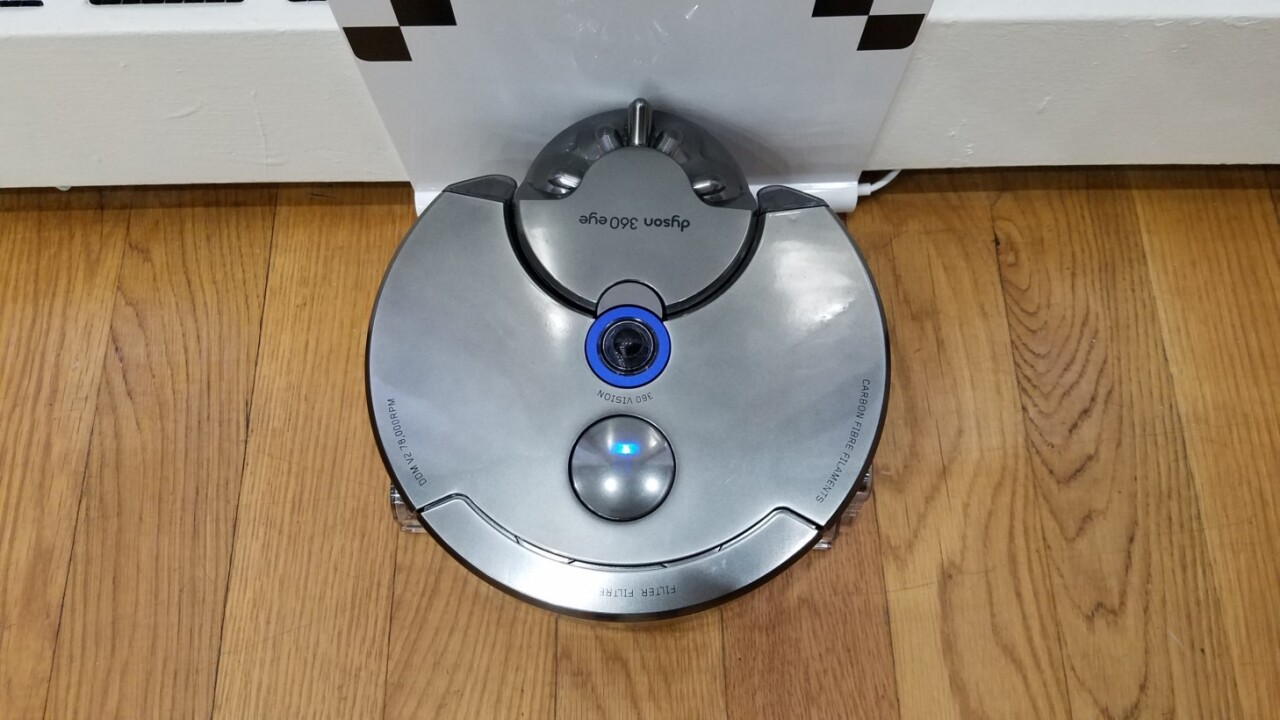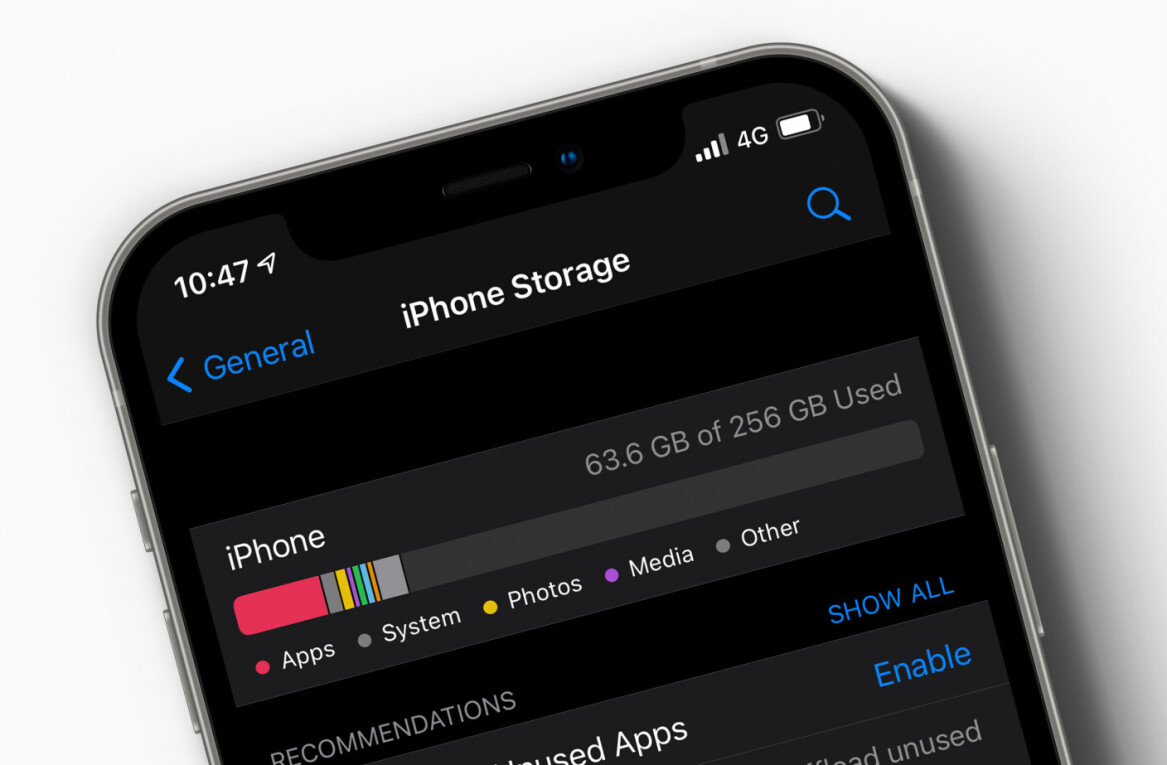
Let’s get one thing straight about the Dyson 360 Eye: It’s first and foremost a vacuum cleaner that happens to be a robot, not a robot that’s a vacuum cleaner.
Dyson wanted to make this point clear in our initial meeting with the company’s first automated vacuum cleaner, and insists there is an absolute difference. Its primary role is to clean your house well, then do it in a way that’s efficient via intelligent mapping.
The Dyson 360 Eye has been in the making for nearly 18 years, and first launched on trial in Japan in 2015. A year later, it will finally arrive in the US on August 1 – with a hefty $1,000 price tag.
If you’re not familiar, Dyson has been in the business of making all things blow and suck, and doing it in the sleekest possible fashion. Its Root Cyclone vacuum cleaners generally start upward of $300 for a new model, so it’s not entirely surprising to see its first smart vacuum triple in price.
The Dyson 360 Eye has a literal “eye” at the top of the machine. The 360-degree camera is not intended to see where it’s going per se, but to map out the room to avoid obstacles. Its mapping pattern moves in a way that forms a square spiral, ensuring it doesn’t go over part of the room it’s already cleaned. There’s an accompanying app to help see its route and schedule cleanings as well as troubleshoot.

To start, you can simply order it to clean from the app or press the blue start button at the top of the machine. Then, it will run up to a comfortable spot in the middle of your room and start the spirals. At times it manages to miss some corners, but it overall does a fine job getting dust out from the majority of the room without being overly loud.
What I’m most impressed with Dyson 360 Eye is its ability to jump over thick carpets. Most robot vacuums I’ve used tend to struggle here, but its built-in treads help it climb over carpets with ease.
While the robot is smaller in diameter than most automated vacuums, it is a little taller. The height gives the 360 Eye to ability to house all the technical component while leaving enough room to blow air out and keep the machine from overheating.

But you’re unlikely to overheat the machine regardless: in our tests, it generally runs at around 45 minutes per charge. After that, it returns to the dock to recharge, and once it’s full it will go off and begin cleaning the room right where it left off.
In my 400-square-feet living room, it often goes off for nearly two to three hours, but the second time it would finish in less amount of time and end up with less dust. Again, because this is a vacuum-first robot, standard cleaning procedure like picking up toys, clothes, and other things off the floors are required or Dyson will suck up your sock and ping you to help it out of a pickle.
Still, there was one thing I had to know: if we could make DJ Roomba a thing, could I make Pokemon Go Dyson a thing?
Sadly, no. Because of the Dyson 360’s eye, placing an object on top inherently blocks it from being able to see where it’s mapping. The distance it travels is also rather minimal – think of walking a step back and forth in your own home while playing PoGo – it doesn’t really amount to much at all. It was worth a try though.
There are plenty of other very powerful vacuum cleaners on the market, but Dyson’s is definitely the sleekest with one very user-friendly app. If price is no object, it’s a great choice for someone who’s looking for a powerful robot vacuum that’s easy to use and looks great displayed at home.
But then again, for that kind of money, maybe you should just get a housekeeper.
[h/t Ross Miller for PoGo Roomba]
Get the TNW newsletter
Get the most important tech news in your inbox each week.




